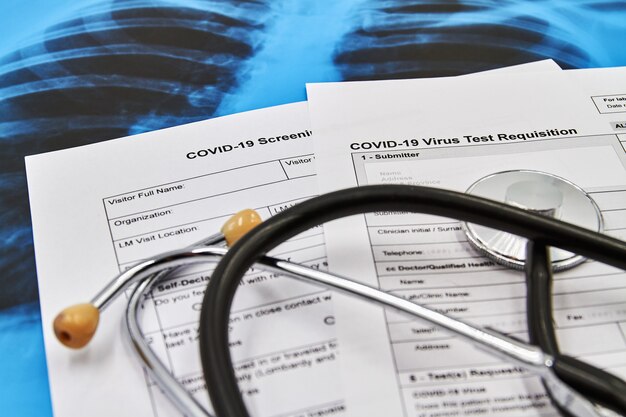Navigating Medicare and Medicaid Certifications: What You Need to Know
Applying for Medicare and Medicaid certifications can seem daunting, but understanding the process can help ease the journey. These certifications are crucial for healthcare providers who wish to participate in federal healthcare programs and can open doors to a wide range of opportunities. Whether you're a healthcare professional or a facility administrator, here’s a comprehensive guide on how to obtain these vital certifications.
Understanding Medicare and Medicaid
Before diving into the certification process, it's essential to grasp the basics of what Medicare and Medicaid offer. Medicare is a federal health insurance program primarily for people aged 65 or older, though younger individuals with disabilities can also qualify. Medicaid provides health coverage to low-income individuals and families, with each state having its own guidelines and coverage scope.
Steps to Obtaining Medicare Certification
1. Determine Eligibility
First, ensure that your facility or service qualifies for Medicare participation. Eligibility varies depending on the type of facility, such as hospitals, nursing homes, or private practices.
2. Submit an Application
Complete and submit the CMS-855 form, which is available on the Centers for Medicare & Medicaid Services (CMS) website. This form gathers necessary information about your practice.
3. Prepare for a Survey
Upon submission, you’ll undergo a survey by a state survey agency or an accrediting organization to ensure that all Medicare requirements are met.
4. Address Deficiencies
If deficiencies are found during the survey, you’ll need to rectify these issues before proceeding.
5. Await Certification
Once the survey is completed, CMS will review the findings and determine whether your facility meets the necessary conditions to participate in Medicare.
Steps to Obtaining Medicaid Certification
1. Understand State-Specific Requirements
Medicaid is state-managed, so it’s crucial to familiarize yourself with your state’s specific requirements. Contact your state’s Medicaid office to acquire details and processes.
2. Application Submission
Like Medicare, you’ll need to fill out specific application forms. Requirements and forms can differ vastly from one state to another.
3. Complete an Enrollment Agreement
Signing an enrollment agreement with your state’s Medicaid program is essential, as this outlines the responsibilities and terms for participation.
4. Meet Licensing and Inspection Standards
Be prepared for state inspections and ensure your facility meets all licensing requirements.
5. Approval and Certification
Once your application is processed and approved, you will receive Medicaid certification, allowing you to receive reimbursements for Medicaid services.
Exploring Further Financial Assistance Options
Securing Medicare and Medicaid certifications can significantly benefit healthcare professionals and organizations. However, exploring additional financial assistance programs can provide further support and growth opportunities. Consider these options:
- Educational Grants: Enhance your facilities or personal growth with grants aimed at healthcare education and improvement.
- Credit Card Solutions: Manage cash flow effectively by exploring business credit card options tailored for medical practitioners.
- Government Aid Programs: Investigate other government-based support programs aimed at healthcare facilities and workers.
- Debt Relief Options: Look into debt consolidation or relief programs if your practice is facing financial challenges.
Exploring these resources not only strengthens your financial base but also amplifies your reach and effectiveness in providing healthcare. Remember, understanding the intricacies of government aid and financial tools can lead to more stable, sustainable business operations, benefitting both staff and patients alike.
###🌟 Resource Highlights 🌟
- 📚 Educational Grants: For continued education and facility improvements.
- 💳 Credit Solutions: Tailored credit options for healthcare needs.
- 🏥 Government Programs: Additional aid for healthcare facilities.
- 📈 Debt Relief: Manage and consolidate existing financial burdens.

Related Topics
- Am I Elgible For Medicare
- Am I Enrolled In Medicare
- Am I Qualified For Medicare
- Are Adult Diapers Covered By Medicare
- Are Chemotherapy Drugs Covered By Medicare Part d
- Are Colonoscopies Covered By Medicare
- Are Covid Tests Covered By Medicare
- Are Cpap Machines Covered By Medicare
- Are Cpap Supplies Covered By Medicare
- Are Dental Implants Covered By Medicare